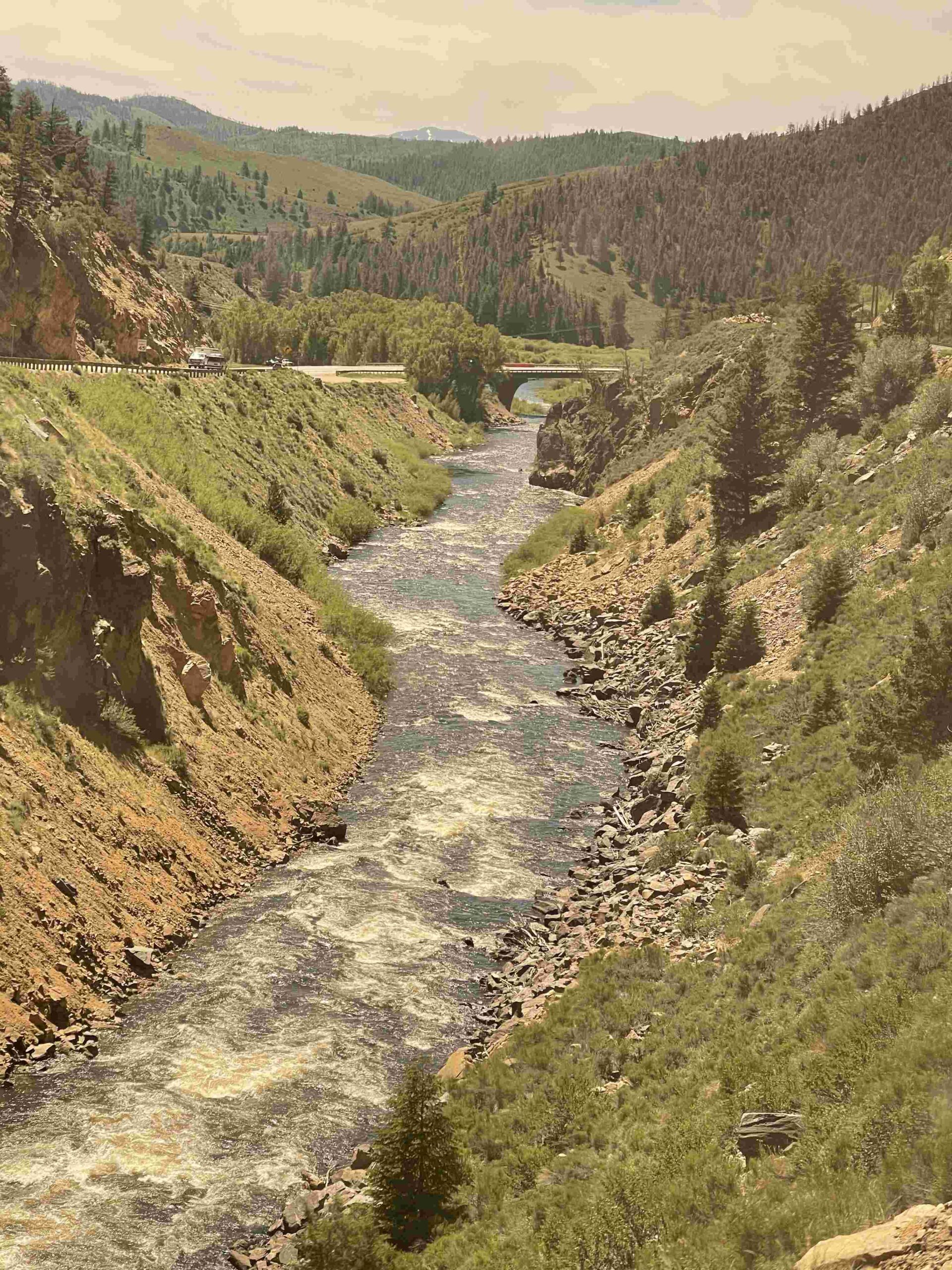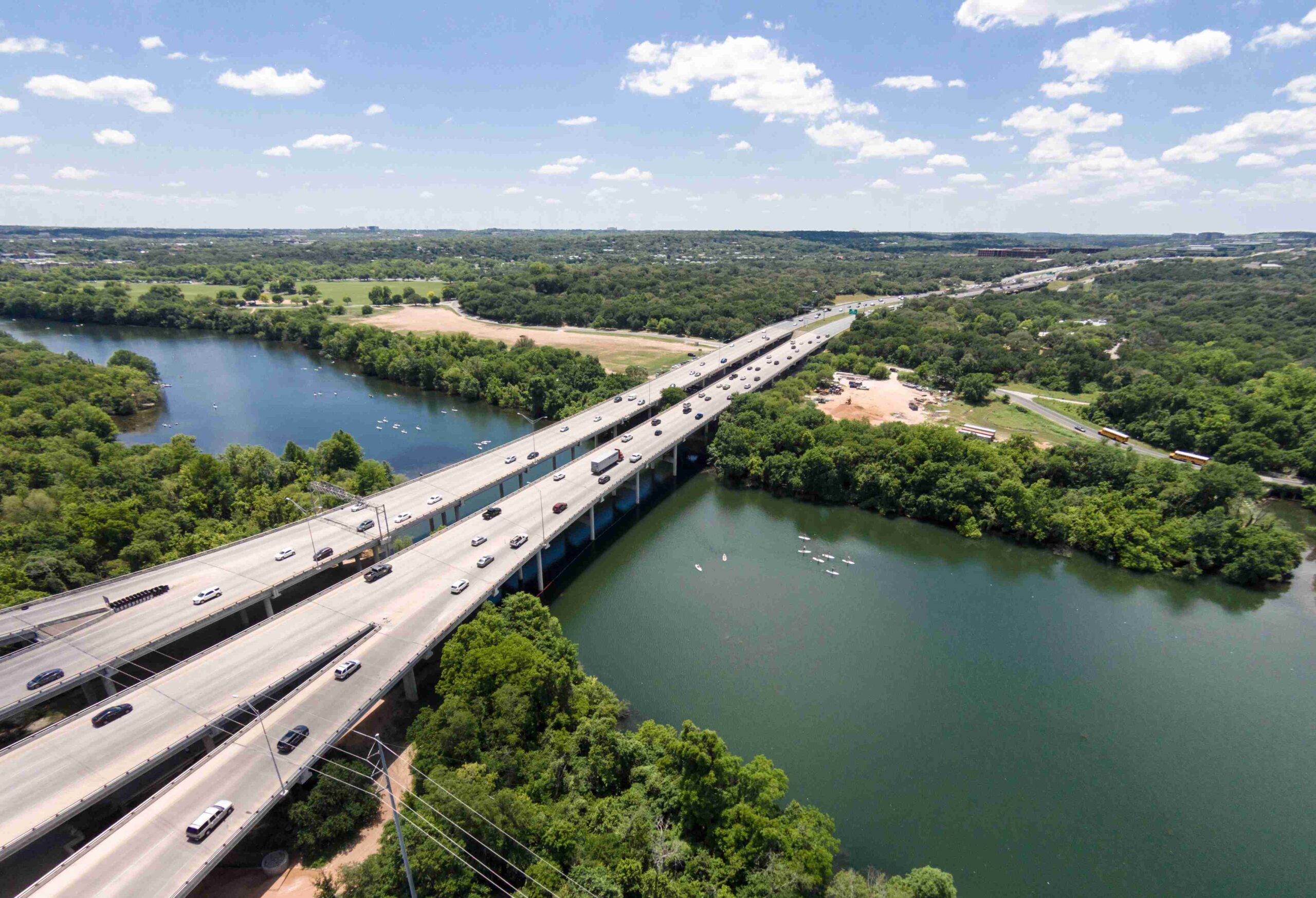The Colorado River in Grand Canyon National Park is a natural wonder that carves through one of the world’s most iconic landscapes. Spanning 277 miles within the park, this mighty river has shaped the Grand Canyon over millions of years. With its powerful rapids, scenic beauty, and rich ecosystem, the Colorado River offers visitors a unique blend of adventure and natural splendor. From thrilling rafting expeditions to serene hiking trails along its banks, the river provides diverse experiences for explorers of all levels.
What Are the Key Features of the Colorado River in Grand Canyon National Park?

The Colorado River within Grand Canyon National Park is characterized by its impressive length, variable flow rates, and seasonal temperature changes. Here are some key features:
- Length: Approximately 277 miles from Lees Ferry to the South Cove of Lake Mead
- Average Flow Rate: Around 10,000 cubic feet per second (cfs), subject to seasonal variations
- Water Temperature: Ranges from 50°F to 70°F (10°C to 21°C) throughout the year
These characteristics contribute to the river’s dynamic nature and the diverse experiences it offers to visitors.
What Rafting Options Are Available on the Colorado River?

Rafting the Colorado River is one of the most popular activities in Grand Canyon National Park. Visitors can choose from various options:
- Guided Tours:
- Motorized rafts (3-10 days)
- Non-motorized rafts (6-14 days)
- Paddle rafts and oar rafts
-
Hard-sided dories
-
Self-Guided Trips:
- Require special permits and extensive experience
-
Not typically offered by commercial outfitters
-
Costs:
-
Range from $500 for shorter trips to over $3,000 for longer expeditions
-
Permits:
- All rafting trips require a permit issued by the Grand Canyon National Park Service
- Commercial outfitters handle permits for guided tours
What Are the Popular Hiking Trails Along the Colorado River?
The Colorado River offers several iconic hiking trails that provide stunning views and challenging terrain. Here are three popular options:
- Bright Angel Trail
- Length: 9.5 miles one way (South Rim to Phantom Ranch)
- Elevation Change: 4,380 feet descent
- Difficulty: Strenuous
- Average Hiking Time: 4-6 hours down, 6-9 hours up
-
Amenities: Restrooms, water stations, lodge at Phantom Ranch
-
South Kaibab Trail
- Length: 6.5 miles one way (South Rim to Phantom Ranch)
- Elevation Change: 4,780 feet descent
- Difficulty: Strenuous
- Average Hiking Time: 3-5 hours down, 5-7 hours up
-
Amenities: Restrooms, water stations along the trail
-
North Kaibab Trail
- Length: 14 miles one way (North Rim to Phantom Ranch)
- Elevation Change: 6,000 feet descent
- Difficulty: Strenuous
- Average Hiking Time: 5-7 hours down, 7-9 hours up
- Amenities: Restrooms, water stations along the trail
Where Are the Best Scenic Viewpoints Along the Colorado River?
The Colorado River offers numerous breathtaking viewpoints. Here are some key locations:
- Mather Point
- GPS Coordinates: 36.0623° N, 112.1123° W
- Accessibility: Paved paths, wheelchair accessible
-
Amenities: Large parking area, restrooms, nearby visitor center
-
Yavapai Observation Station
- GPS Coordinates: 36.0625° N, 112.1253° W
- Accessibility: Paved paths, wheelchair accessible
-
Amenities: Parking area, restrooms, interpretive exhibits
-
Desert View
- GPS Coordinates: 36.0214° N, 111.8253° W
- Accessibility: Paved paths, wheelchair accessible
- Amenities: Parking area, restrooms, nearby general store
What Types of River Tours Are Available in the Grand Canyon?
Grand Canyon river tours offer diverse experiences for visitors. Here’s an overview of the options:
| Tour Type | Description | Group Size | Best For |
|---|---|---|---|
| Motorized Rafts | Powered by quiet motors, no paddling required | 10-30 people | Families, those preferring stability |
| Non-Motorized Rafts | Include paddle rafts and oar rafts, require participation | 10-30 people | Adventure seekers, active participants |
Tour Schedules and Safety:
- Daily departures during peak season (April to October)
- Year-round availability with seasonal variations
- Mandatory safety gear provided (life jackets, helmets, first aid kits)
- Highly experienced guides
- Cancellation policies vary by outfitter
How Does the Colorado River Impact the Grand Canyon Ecosystem?
The Colorado River plays a crucial role in shaping the Grand Canyon’s ecosystem:
- Erosion and Landscape Formation:
- Carves the canyon deeper over millions of years
-
Creates diverse habitats through erosion and deposition
-
Biodiversity Support:
- Provides water for plant and animal life
-
Supports unique riparian ecosystems along its banks
-
Climate Regulation:
- Influences local microclimates within the canyon
-
Affects humidity and temperature in surrounding areas
-
Nutrient Transport:
- Carries sediments and nutrients crucial for ecosystem health
- Supports downstream ecosystems and agriculture
The river’s impact extends far beyond its banks, influencing the entire Grand Canyon region and beyond.
What Conservation Efforts Protect the Colorado River in Grand Canyon National Park?
Several conservation initiatives aim to protect the Colorado River and its surrounding ecosystem:
- Water Management:
- Regulated releases from Glen Canyon Dam to mimic natural flow patterns
-
Efforts to maintain adequate water levels for wildlife and recreation
-
Habitat Restoration:
- Projects to restore native plant species along the river banks
-
Removal of invasive species that threaten native ecosystems
-
Wildlife Protection:
- Programs to monitor and protect endangered species like the humpback chub
-
Efforts to maintain fish populations through controlled flooding
-
Visitor Education:
- Interpretive programs to raise awareness about river conservation
- Guidelines for responsible recreation to minimize human impact
These efforts aim to balance human use of the river with the need to preserve its natural state for future generations.

